Royal Enfield Himalayan review, road test
Royal Enfield claims that the Himalayan is rugged, long legged and a daily runabout, all in one package. We find out if it delivers on the promise.
Published on May 20, 2016 10:49:00 AM
36,229 Views
Follow us on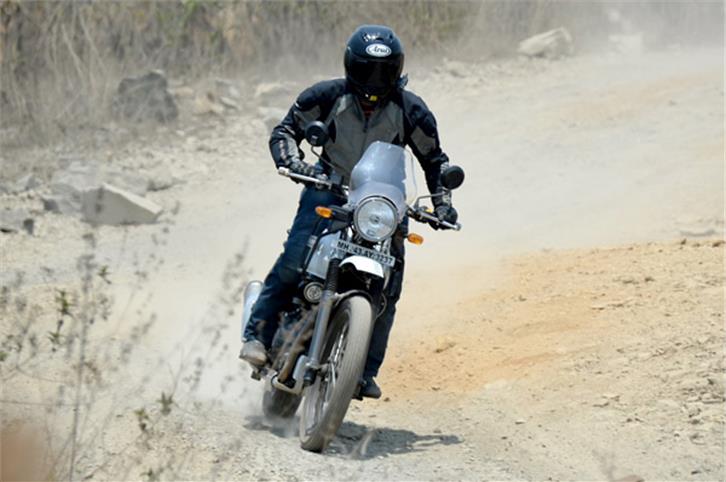
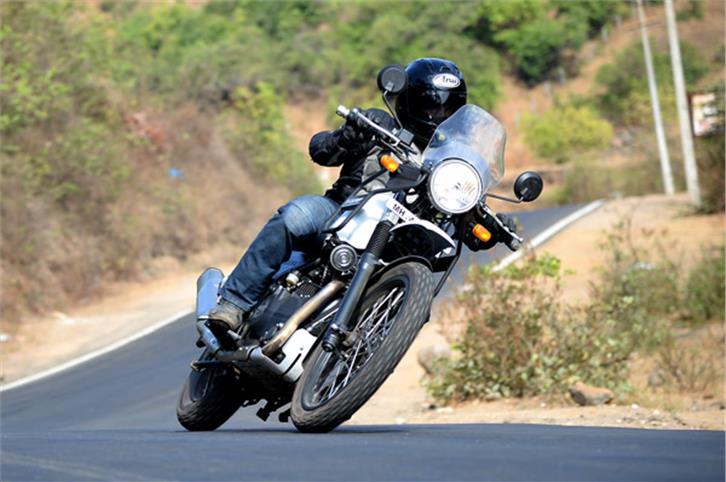
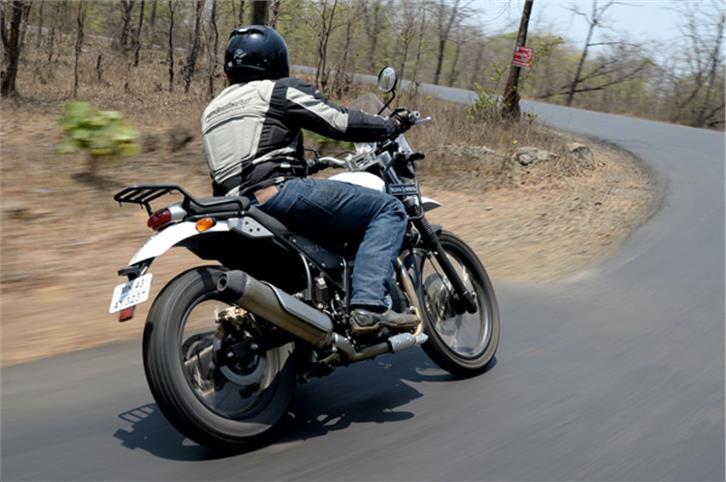
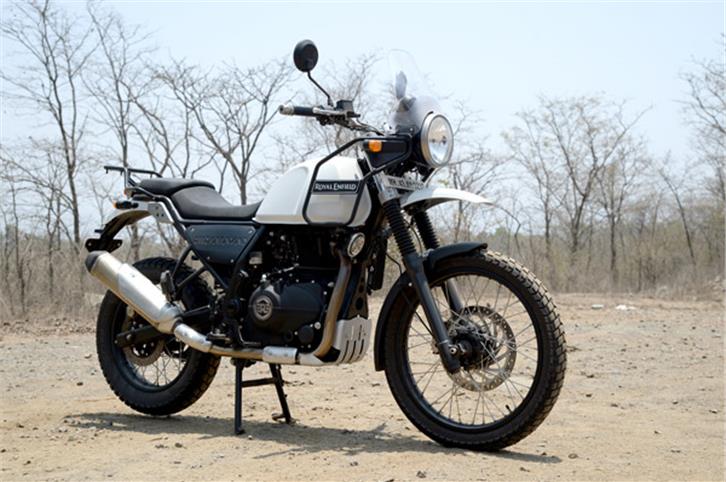
When it comes to adventure motorcycle designs, more often than not, you’ll see that form follows function. Few bikes make a stronger case for this than the Himalayan. The overall design is extremely purposeful and yet, at the same time, the bike comes across as rather handsome and extremely proportionate. With its 21-inch/17-inch front/rear wheel combination, ample suspension travel and ground clearance, it has a certain go-anywhere demeanour that is almost unmatched by any other bike in the Indian market so far.
The exceedingly functional design of the Himalayan includes a neat round headlight up front, flanked by metal frames on either side, which have been specifically designed for mounting jerry cans to carry either extra fuel or water when on long-distance rides. Apart from the small, high-mounted secondary mud-guard and the rear fender, the 15-litre fuel tank is the primary part of the bike that reflects the bike’s colour scheme, which is so far only available in matte white or matte black. Our test bike was painted in white and the matte texture of the tank was a dirt magnet, but we do believe that the Himalayan looks handsomest in this colour.
The instrument cluster is a very interesting design and features multiple pods for a plethora of readouts. The large speedometer, which features a digital readout for the trip, odometer, clock, ambient temperature readout and gear position indicator, is surrounded by a smaller tachometer, fuel gauge and digital compass. You can also find a smattering of other tell-tale lights on the instrument cluster along with a button for the hazard lights. Overall, this new dashboard design looks quite good, especially with the backlights on at night, but we found the tachometer a bit difficult to decipher in broad daylight. The digital compass, in which the moving arrow always points north, while the readout indicates the direction the bike is pointing in, can be a little tricky to understand for someone who doesn’t have much experience with compasses.
Mounted in front of the instrument cluster, you can find a tall fly screen that does a pretty good job of deflecting wind away from your body when you’re doing highway speeds. The windshield has a two-step adjustment as well, although you need tools to change its height. One very interesting design touch is the frosted lower part of this windscreen which hides the wiring under the instrument cluster.
One area which Royal Enfield has nailed bang-on with the Himalayan are the ergonomics. Both the rider and pillion seat are very plush and the rider’s triangle (the relationship between the seat, the footpegs and the handlebars) makes the riding posture extremely comfortable. You’re sat fairly upright, and the wide handlebars and slightly rearset footpegs provide a great connection with the motorcycle, giving you a sense of control. And even though the bike boasts a rather large ground clearance of 220mm, the seat height itself is a fairly low 800mm, ensuring that even riders of average height can get their feet down on the ground very easily.
Now, since the Himalayan has been designed with touring in mind, Royal Enfield has really done a great job of providing some integrated luggage solutions. You can get some aluminium panniers or saddle bags from the company itself which are designed to integrate seamlessly into the bike, or even mount your own luggage on provided mounting points. One bone that we have to pick with the Himalayan here is the design of the sari guard, which shares its mounting bolts with the chain guard. During our rigorous test ride, one part of the sari guard broke off, and not only did the tool kit not have the right sized Allen key to fit its bolts, once we did manage to take the sari guard off, we realised that the chain guard was impossible to mount back without the use of collared washers. But apart from this one niggle, the Himalayan is really well put together, managing to feel a lot more solid than any other bike from Royal Enfield so far.
Copyright (c) Autocar India. All rights reserved.


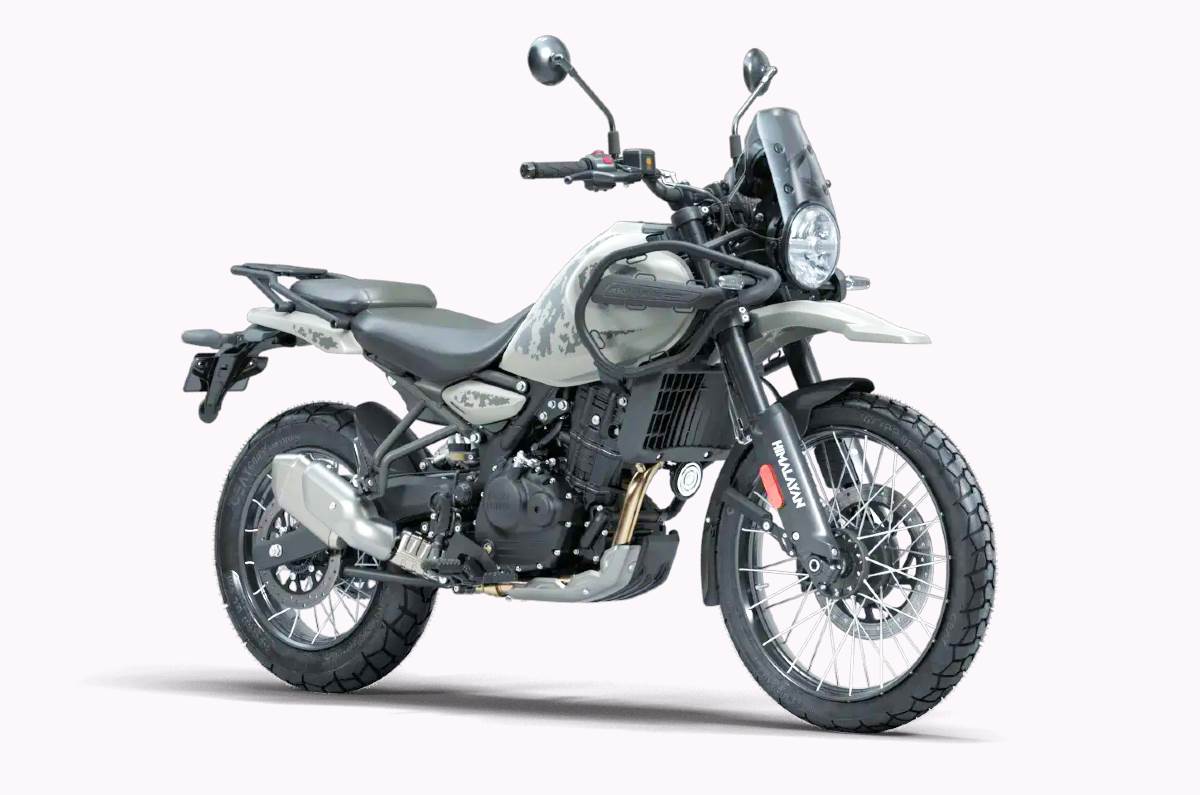




Comments
Member Login
Personal Details
No comments yet. Be the first to comment.